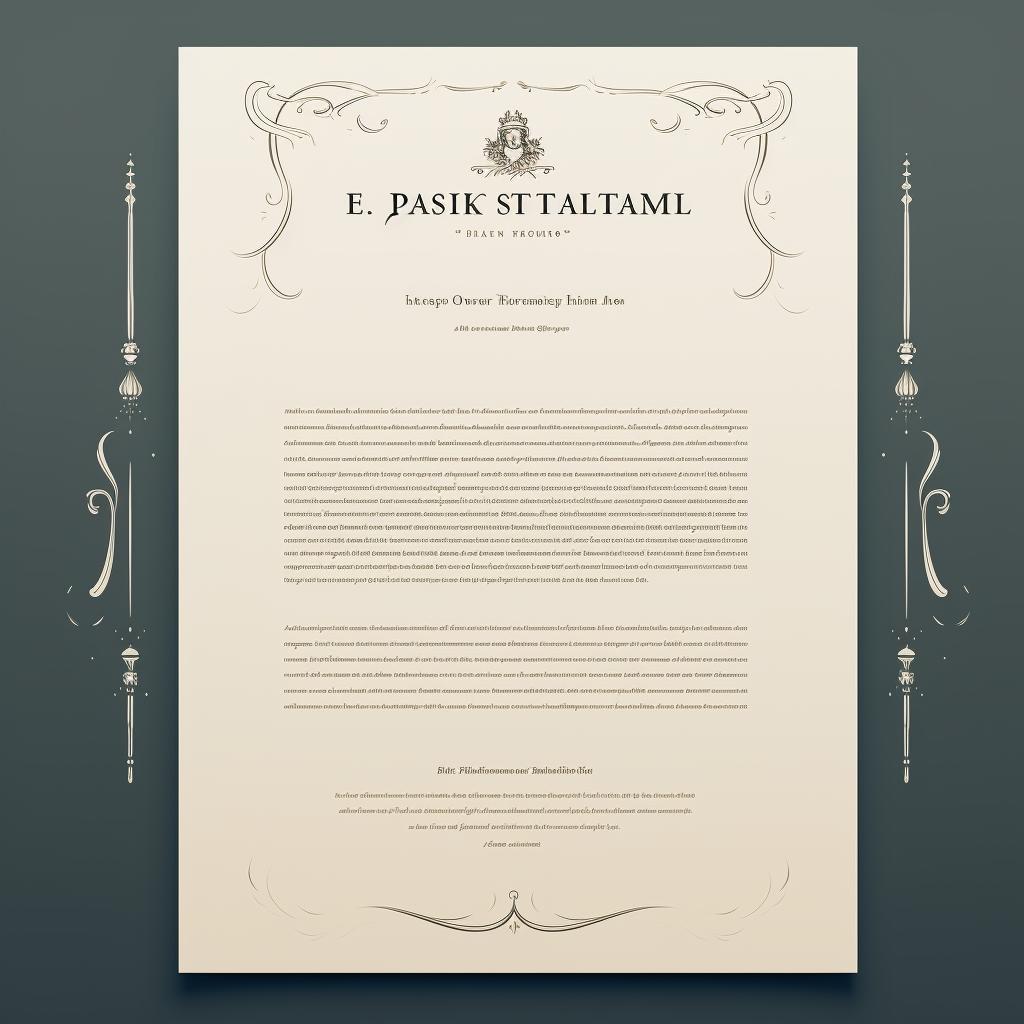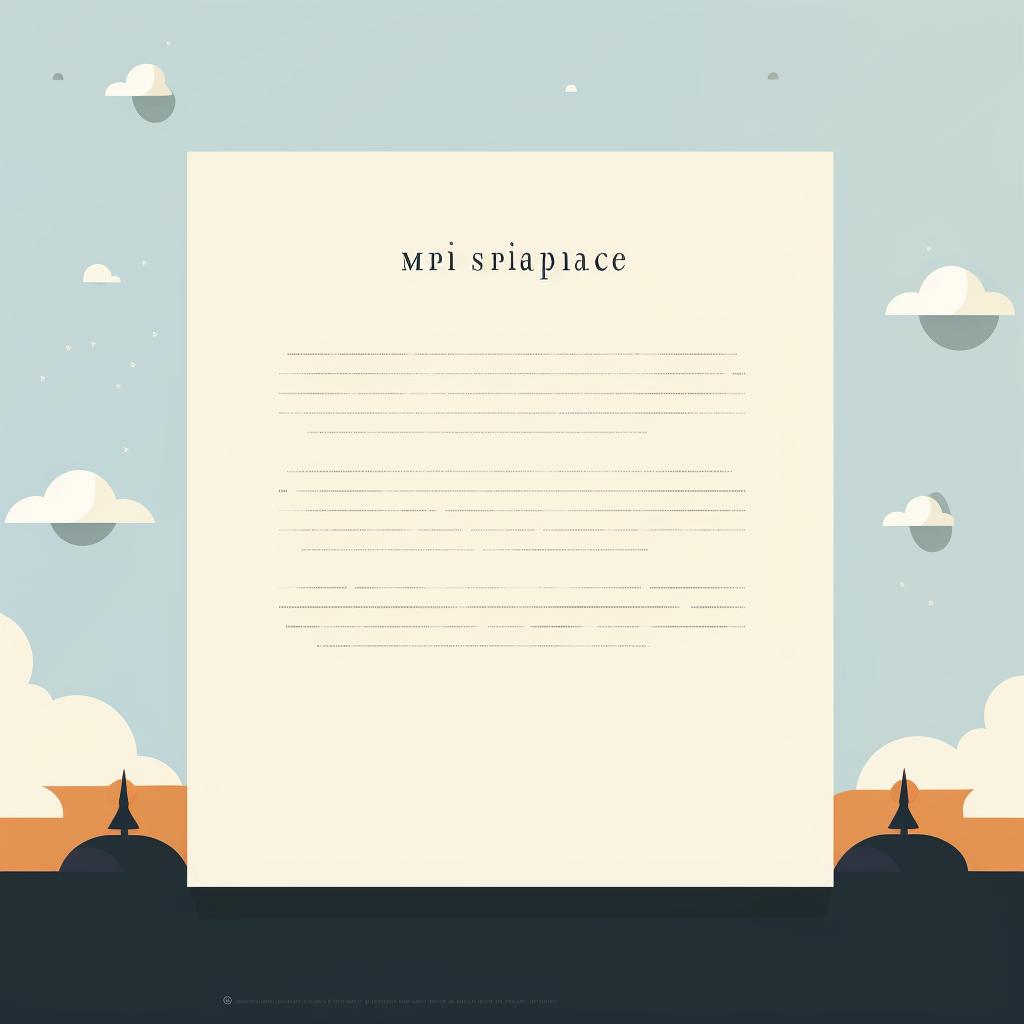Felicity L. Saunders is an accomplished author and literary critic. She holds a PhD in Comparative Literature and has a keen eye for detail when it comes to essay formatting. Her articles are insightful, thorough, and filled with practical tips.
Writing a title in MLA format involves adhering to a few simple rules. Here's how to write an MLA title:
To ensure your work is correctly formatted according to MLA standards, follow this guide:
Learn more about 📚 Mastering MLA Title Formatting: Step-by-Step Guide or discover other Superior Formatting guides.
By following these steps, you can ensure your title adheres to MLA formatting rules. Now, let's move on to creating an essay outline in MLA format.
Firstly, place the title in the center of your first page. The title should be typed in standard lettering, without underlining, bold type, italics, quotation marks or any other type of formatting. Ensure that it is in the same font and size as the rest of the paper.
Secondly, use title case, meaning all major words and the first and last words of the title are capitalized. Minor words such as articles and prepositions are lowercased. For instance, a title like "The Effects of Global Warming" is appropriate.
Lastly, don't create a separate title page unless specifically requested to. MLA format typically includes the title on the first page of the essay, along with the author's name and the name of the professor, course, and date.
When it comes to book titles in essays, they should be italicized. For example, "The Great Gatsby" should be written as The Great Gatsby.
Now, let's move on to the outline. A well-structured essay outline template is crucial for presenting your thoughts and arguments in a logical order. Here's a guide to help you create an effective outline:
Now that we've discussed how to correctly format your title, let's delve into the specifics of creating an essay outline in MLA format.
Learn more about 📝 Mastering MLA Format: Creating an Essay Outline or discover other Superior Formatting guides.
With your outline complete, you're ready to start writing your essay. Remember, the outline is your guide – it will help you maintain focus and ensure your essay is well-structured.
Start with a title, centered. Then, on the left side of the page, list down Roman numerals (I, II, III, etc.) for each main topic or argument you plan to discuss. Under each Roman numeral, use capital letters (A, B, C, etc.) for any supporting points or evidence. If you have additional details, use Arabic numerals (1, 2, 3, etc.) below the capital letters.
Remember, each point should be a complete sentence, and all the headings and subheadings should maintain parallel structure. For instance, if one heading starts with a verb, all the other headings and subheadings should start the same way.
To assist you further, here are some expository essay formatting rules:
Before we proceed to the specifics of expository essay structure, let's make sure you've got the basics of MLA formatting down. Here's a quick checklist to help:
Now that you've got the formatting down, let's dive into the structure of an expository essay. Remember, a clear and concise structure is key.
Expository essays require a clear and concise structure, with a strong introduction, body, and conclusion. The introduction should include your thesis statement. Each paragraph in the body should cover a single point, supported by evidence. The conclusion should restate your thesis and summarize your main points.
I hope these guides help you in writing your essay in MLA format. Remember, consistency is key, and attention to detail can make your work stand out. For more insights into essay formatting, feel free to explore our MLA format essay examples and comparative guide to essay formatting styles.
























